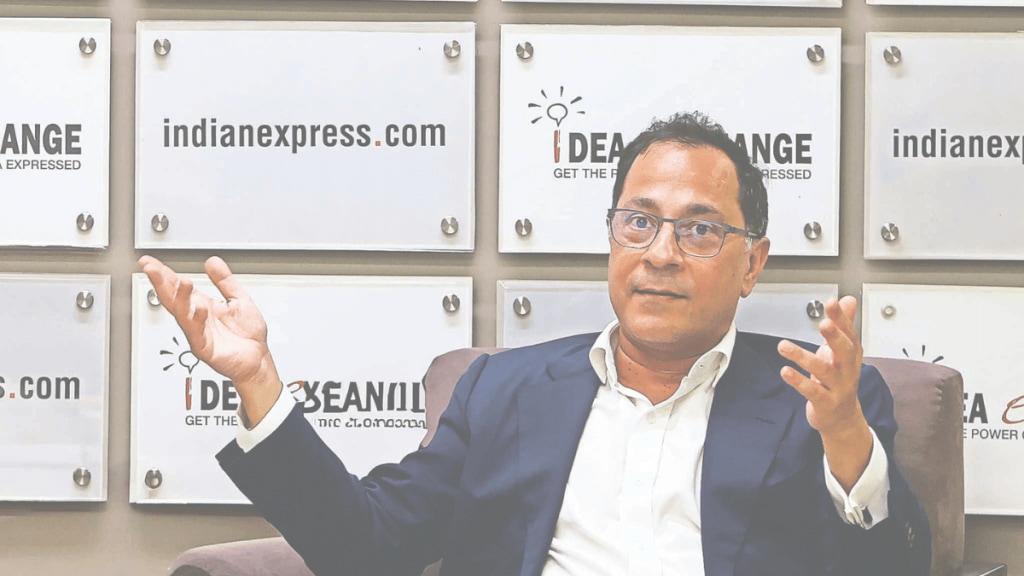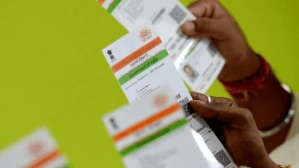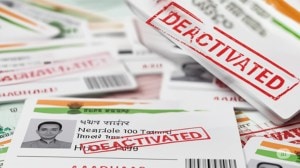Who is equal? Supreme court senior advocate Saurabh Kirpal attempts to answer this in his book of the same title, examining various aspects of life— marriage, business, education, employment and more—through the prism of the judiciary. In an interview with FE, he talks about how personal the book is for him, and how inequality plays out in today’s age. Edited excerpts:
What made you write this book? How personal is it?
Indian society is not a rights-focused society. At every mention of a right, there will be someone who talks about duties and responsibilities instead. But what people fail to understand is that individual rights and freedoms are the only way that the security and stability of the country can be ensured. A citizen who feels insecure and undervalued is more likely to express anger against the establishment.
The consequence of unaddressed resentments may be disruptions and disturbances. One way to bring the focus back on rights is to make people aware of them, or at least to start a discussion about what their rights are. This book aims to do just that—highlight the issues about equality so that people can reflect on their rights.
For me personally, as a lawyer one is used to seeing injustices on a daily basis. We also see that the courts of the country go some way in attempting to remedy those injustices. Yet, as someone who has, to some extent, been at the receiving end of prejudice, the need to bring about societal change becomes more urgent. It is no longer solely about academic satisfaction, but about trying to change people’s lives, and in the process, hopefully, improving my own as well.
Equality is a subjective issue, as you acknowledge in the book. What is injustice for one is par for the course for another, for example patriarchy. But you write that courts have interpreted the Constitution and right to equality in a revolutionary way, using novel means and ideas to ensure substantive equality. How?
Equality is not just about treating any two people identically. That was the traditional way of looking at it, one which glossed over the differences between individuals while ostensibly treating them equally. Substantive equality recognises that human beings are not identically situated and failure to recognise that accounts for prejudice that any community faces and ends up perpetuating their disadvantage. For example, asking all students to take the same entrance exam for a career in state service seems fair at first glance. But what if that exam is conducted only in English? How will a person who may otherwise be brilliant but has been educated only in a vernacular language compete? Substantive equality would require the examiner to then hold the exam in the language of that state as well. The courts have recognised that equality cannot be only on a formal level. So, in matters of reservations they have held that quotas are part of the structure of equality, rather than being an exception to it. For instance, lowering the entrance cut-off for the daughter of a Dalit labourer is not about discriminating against the son of a rich industrialist, but merely an attempt to level the playing field.
In your opinion, what are the landmark judgments that boosted equality and some that quashed it?
Personally, some of the brightest spots of the jurisprudence of the SC were the cases which recognised transgender rights (NALSA) and decrimi-nalised homosexuality (Navtej Johar). In each of these cases the judges reached out to the most vulnerable sections of society and promised them the same dignity and rights that every other citizen of the country held. While speaking of transgender rights is comm-on now, the position was completely different in 2013 when the judgment was delivered. The trajectory of the discourse of the rights of the transgender community shows the multiplying influence that a judgment of the court can have in moving towards equality.
Paradoxically, the marriage equality judgment (Supriyo), which also dealt with the rights of the queer community, pushed the fight for equality back by a long way. In spite of recognising a glaring lack of inequality, the courts did not give some succour to the community.
You rue that the courts have been rather passive on issues of women and religion. Given that these two issues have especially been at the forefront in the past few years, how do you think the courts can weigh in? And, do you think the judiciary’s passiveness helps fuel this further?
In matters of religion, the court has not been as passive as it has been ponderous. Courts at all levels—from the Supreme Court to the trial courts —need to expedite and prioritise matters relating to discrimination on grounds of religion. A positive judgment delivered years after any incident might have laudable academic value but does little to provide the immediate succour that the public needs. There is hope in matters relating to women where the courts have started taking a more liberal view of matters. However, the problem is that discrimination against women is not merely at a formal level, but is on a more structural level. There is an invidious prejudice when it comes to the conditions of workplaces for women. The courts have to be willing to go beyond the formal letter of the law and strike whenever the discrimination is based on stereotyping of women.
You write in favour of removing barriers to opportunity instead of merely providing quotas. So, can the courts ever be brave enough to rule in favour of merit?
I believe quotas are necessary for moving towards equality, particularly because the deep and abiding discrimination that generations of the most oppressed castes have faced. ‘Merit’ is often used as a smokescreen by the privileged to continue their historic advantages. But in genuine cases of disadvantage, the law already comes to the aid of the poorest sections of society. The recent constitutional amendment providing reservations for the economically weaker sections (the EWS quota) is one such example. The problem is that the imagination of politicians who often cater to their vote bank ends at reservations. However, while necessary, quotas do need to be justified because those excluded from the reservation regime have a legitimate grievance of not getting a shot at the seats earmarked for the quota beneficiaries. In the case of OBCs, the court has required the government to provide quantifiable data to show the backwardness, both social and economic, of the castes. This would be evidence that could justify a quota regime. Once data no longer justifies any reservations, there is no reason to believe the courts will still support quotas for the OBCs. However, in the case of Dalits, the social marginalisation is extreme and readily apparent and, therefore, requires no additional data. We are a long way away before quotas can be done away with.
What about new-age inequalities—of economic practices, digital divide, consequences of climate change? Are the Indian laws equipped to tackle these?
Just as aspiration for equality is a universal phenomenon, sadly the tendency to discriminate also seems to be hardwired into the human psyche. While the axes of discrimination in India— religion, caste, gender and sexuality – have been stubbornly resistant to change, additional forms of discrimination have arisen over the years. The Constitution, however, does contain within itself the capacity to deal with any form of inequality. This is because it contains general principles which embody fundamental human rights, the right to equality being one of them. Coupled with the power of judicial review, this ensures that the judges have a legal basis to intervene as needed. The other enumerated rights, in particular the right to freedom and the right to life, provide a skeletal framework for the courts to build a robust protective framework. While in matters of economic practices leeway has been given to governments, in matters relating to the environment the courts have been robust protectors. Concepts such as inter-generational equity and polluter pays have been used to ensure equality not only to those at the receiving end today, but also to future generations.
Court judgments, laws, and basically all legalese is so complicatedly worded, it takes extreme effort to understand it. For eg, the use of double negatives. Do you think it is time to make law understandable and ‘approachable’ for all? Does it ever crop up amongst the legal community?
Double negatives are the least of the problems of legalese. Arcane language, slipshod drafting and overly long and verbose judgments (whose reasoning is difficult to decipher) are. The book highlights that equality is a facet of the rule of law. One major component of the rule of law is that the law must be comprehensible and capable of being followed. When laws are drafted in a manner that no one can understand them, that is hardly conducive to the rule of law. Equally, businesses thrive on certainty. When judgments are vague and mean all things to all persons, the economic climate gets vitiated.
While this may seem obvious, there is inadequate discussion about this in the courts or even with the legislative draftsmen. Some incomprehensible judgments are set aside by the appellate courts on that ground, but there is no comprehensive institutional push to train judges to write better judgments. The problem gets worse when the Supreme Court itself delivers judgments which are difficult to follow—not only for the lay person but also for high courts and the district-level judiciary. The time has come to impart training on how to write simple judgments and for there to be a concerted push to draft legislation that is accessible to the common person.








